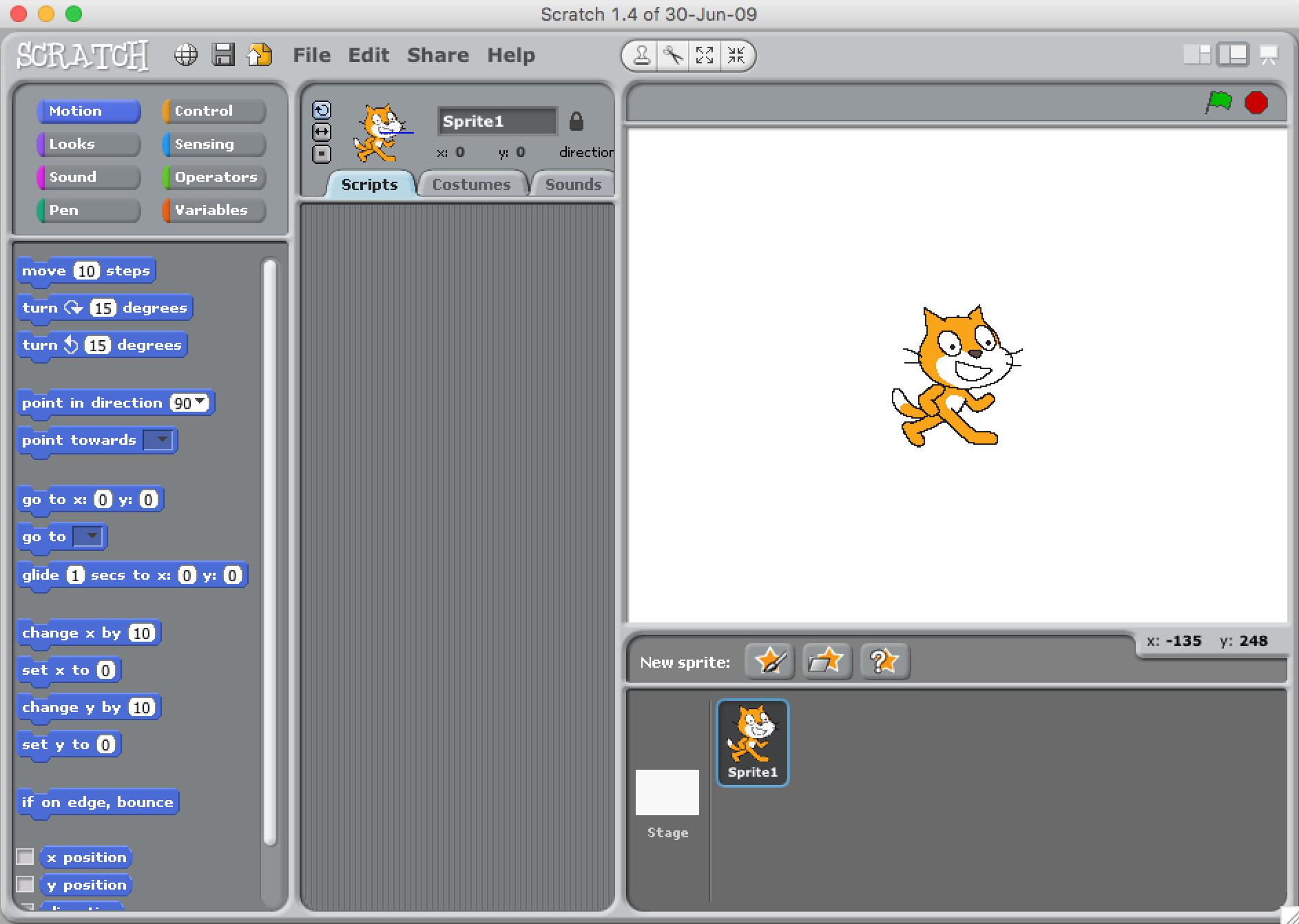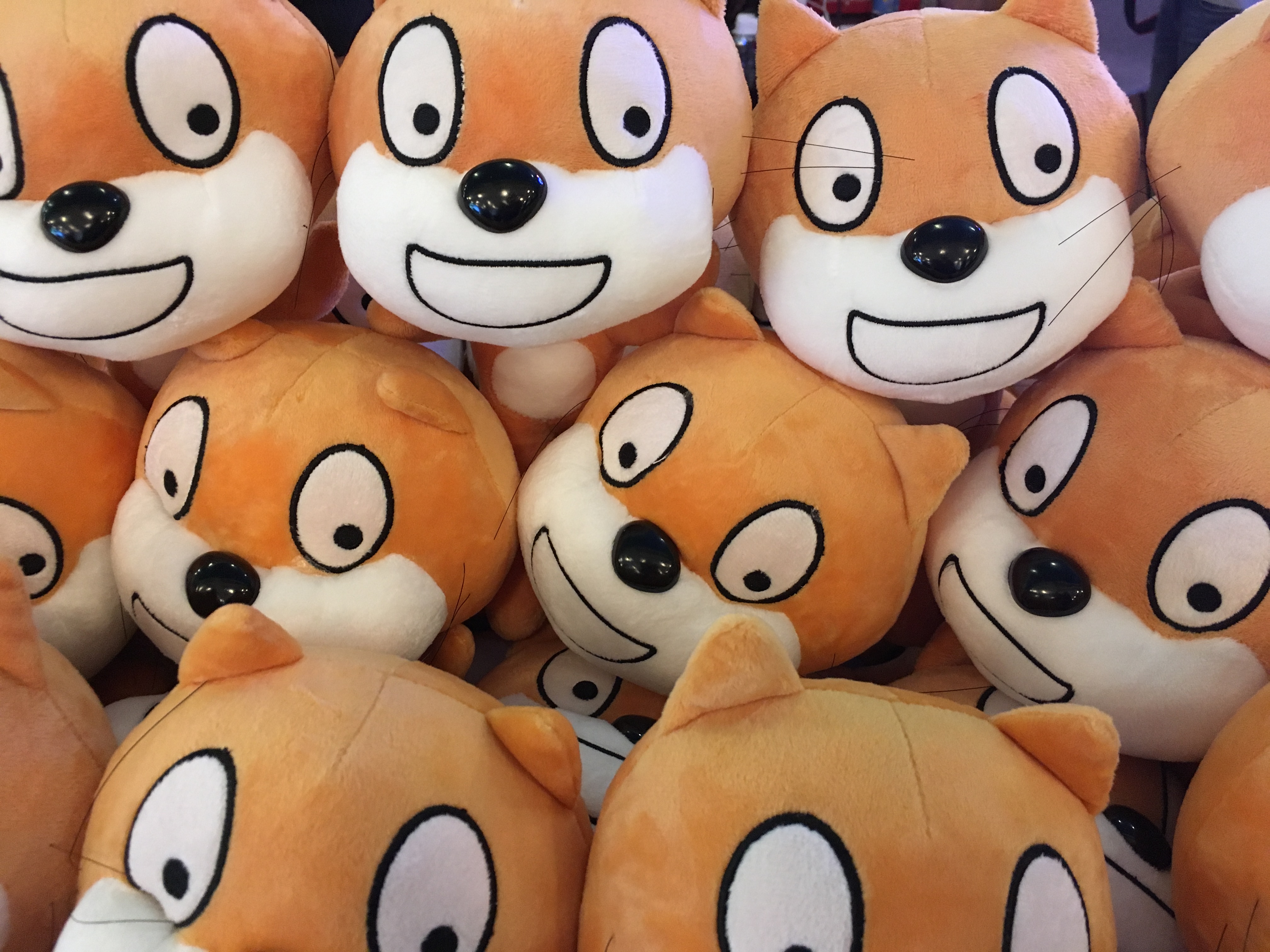Are you ready to embark on a journey into the world of coding? Scratch.mit.edu offers an innovative platform designed to make programming accessible and fun for everyone. Whether you're a student, educator, or coding enthusiast, Scratch provides an engaging environment to learn and create. In this article, we will explore the ins and outs of Scratch, its features, benefits, and how it can transform your approach to coding.
Scratch is a free programming language developed by the MIT Media Lab, aimed at helping people of all ages learn to code through creative projects. With its user-friendly interface and block-based coding system, Scratch eliminates the complexity often associated with programming. This makes it an ideal starting point for beginners while still offering advanced features for more experienced users.
As we delve deeper into the world of Scratch, you'll discover how this platform can enhance your digital literacy skills, foster creativity, and provide valuable educational opportunities. Let's explore what makes Scratch a unique and powerful tool in the realm of computer science education.
Read also:Richard Merkell A Comprehensive Guide To His Life Achievements And Influence
Table of Contents
- What is Scratch?
- Key Features of Scratch
- Educational Benefits of Using Scratch
- Getting Started with Scratch
- Creative Project Ideas Using Scratch
- Scratch Community and Support
- Advanced Features for Experienced Users
- Integration with Other Educational Tools
- Success Stories and Testimonials
- Future Developments and Updates
What is Scratch?
Scratch is a visual programming language and online community developed by the MIT Media Lab's Lifelong Kindergarten Group. Launched in 2003, it has revolutionized the way people learn to code by providing a block-based interface that eliminates the need for complex syntax. The platform's name comes from the idea of "scratching" together different code blocks to create programs, much like building with LEGO bricks.
Unlike traditional text-based programming languages, Scratch uses a drag-and-drop interface where users can connect colorful blocks representing different commands and functions. This approach makes coding more intuitive and less intimidating, especially for beginners. The platform supports various programming concepts, including variables, loops, conditional statements, and event handling, all presented in a visually engaging manner.
Key Features of Scratch
Scratch offers a comprehensive set of features that make it stand out among educational programming platforms:
- Visual Block-Based Interface: Simplifies coding through drag-and-drop functionality
- Integrated Media Library: Includes sprites, backgrounds, and sound effects
- Cloud Variables: Enables real-time collaboration and data sharing
- Offline Editor: Allows coding without internet connection
- Multi-language Support: Available in over 70 languages
Unique Characteristics of Scratch
What sets Scratch apart from other programming platforms is its emphasis on creativity and community. The platform's design encourages users to not only code but also to share their projects with others. This creates a rich ecosystem where learners can explore, remix, and build upon each other's work. Additionally, Scratch's open-source nature allows educators and developers to customize the platform for specific educational needs.
Educational Benefits of Using Scratch
The educational value of Scratch extends far beyond basic coding skills. Research conducted by educational institutions worldwide has demonstrated several key benefits:
- Enhances computational thinking skills
- Develops problem-solving abilities
- Improves logical reasoning
- Fosters creativity and innovation
- Promotes collaboration and teamwork
According to a study published in the Journal of Educational Computing Research, students who used Scratch showed a 40% improvement in their understanding of fundamental programming concepts compared to traditional learning methods. The platform's visual nature helps learners grasp abstract concepts more easily, while its project-based approach keeps students engaged and motivated.
Read also:Movierulz 2024 Ndash Download Kannada Movies The Ultimate Guide
Getting Started with Scratch
Beginning your journey with Scratch is straightforward and accessible to users of all ages. Here's a step-by-step guide to help you get started:
- Create a Free Account: Visit scratch.mit.edu and sign up using your email or social media accounts
- Explore the Interface: Familiarize yourself with the different sections including the stage, sprite area, and blocks palette
- Try Sample Projects: Experiment with existing projects to understand how different blocks work together
- Follow Tutorials: Utilize the extensive library of video tutorials and documentation available on the platform
- Join the Community: Participate in forums and discussions to connect with other Scratch users
Recommended Learning Path
For optimal learning, follow this structured approach:
- Week 1-2: Basic Movement and Control Blocks
- Week 3-4: Working with Variables and Operators
- Week 5-6: Creating Interactive Stories
- Week 7-8: Developing Simple Games
Creative Project Ideas Using Scratch
Scratch's versatility allows for countless creative projects. Here are some popular project categories:
Game Development
Creating games in Scratch is an excellent way to learn programming fundamentals while having fun. Consider these project ideas:
- Platformer Games
- Puzzle Adventures
- Quiz Games
- Space Shooters
Animation Projects
Scratch provides powerful tools for creating animations and interactive stories:
- Short Films
- Interactive Storybooks
- Music Videos
- Visual Effects Demonstrations
Scratch Community and Support
One of Scratch's strongest assets is its vibrant community of users and educators. The platform boasts:
- Over 90 million registered users worldwide
- More than 100,000 new projects shared daily
- Active forums and discussion boards
- Regular community events and challenges
The Scratch community follows a set of guidelines that promote positive interaction and constructive feedback. Users can comment on projects, suggest improvements, and collaborate on new ideas. This collaborative environment creates a supportive learning atmosphere where beginners can learn from experienced users.
Advanced Features for Experienced Users
While Scratch is beginner-friendly, it also offers several advanced features for users looking to expand their programming skills:
- Custom Blocks: Create reusable code segments
- Cloning: Generate multiple instances of sprites
- Pen Tools: Draw complex shapes and patterns
- API Integration: Connect with external web services
These features allow users to create more sophisticated projects, including physics simulations, data visualizations, and complex game mechanics. The platform's capabilities make it suitable for both introductory programming courses and more advanced computer science education.
Integration with Other Educational Tools
Scratch seamlessly integrates with various educational tools and platforms, enhancing its value in classroom settings:
- Google Classroom: Share projects and assignments directly
- Makey Makey: Create physical computing projects
- Arduino: Interface with hardware components
- Micro:bit: Develop interactive projects with microcontrollers
Educators can leverage these integrations to create cross-disciplinary learning experiences that combine coding with subjects like science, mathematics, and art. This approach helps students understand how programming applies to real-world scenarios and various academic fields.
Success Stories and Testimonials
Scratch has transformed the learning experience for countless users worldwide. Here are some inspiring success stories:
- Emily Chen, Age 12: "Scratch helped me create my first video game, which was featured in a local coding competition."
- Mr. Thompson, Middle School Teacher: "Using Scratch in my classroom has increased student engagement by 75%."
- Sarah Martinez, Homeschooling Parent: "The platform's structured approach made it easy to teach coding to my children."
These testimonials demonstrate how Scratch can impact learners of all ages and backgrounds, fostering both technical skills and creative thinking.
Future Developments and Updates
The Scratch development team continues to innovate and improve the platform. Upcoming features include:
- Enhanced mobile support
- Improved collaboration tools
- Advanced AI integration
- Expanded educational resources
These developments ensure that Scratch remains at the forefront of educational technology, adapting to the evolving needs of learners and educators worldwide.
In conclusion, Scratch.mit.edu offers a revolutionary approach to learning programming that combines education with creativity. By providing a user-friendly interface, robust features, and a supportive community, Scratch has become an essential tool in computer science education. Whether you're a beginner taking your first steps in coding or an experienced programmer looking for a new creative outlet, Scratch offers endless possibilities for learning and innovation.
We encourage you to explore the platform, experiment with different projects, and join the vibrant Scratch community. Share your thoughts in the comments below, and don't forget to check out our other articles about educational technology and programming resources. Your coding journey starts here!

